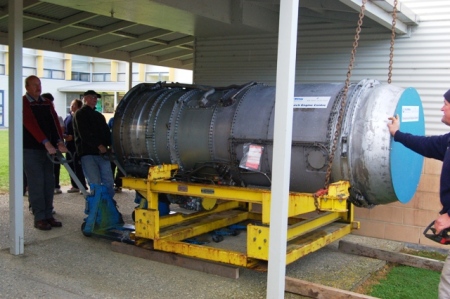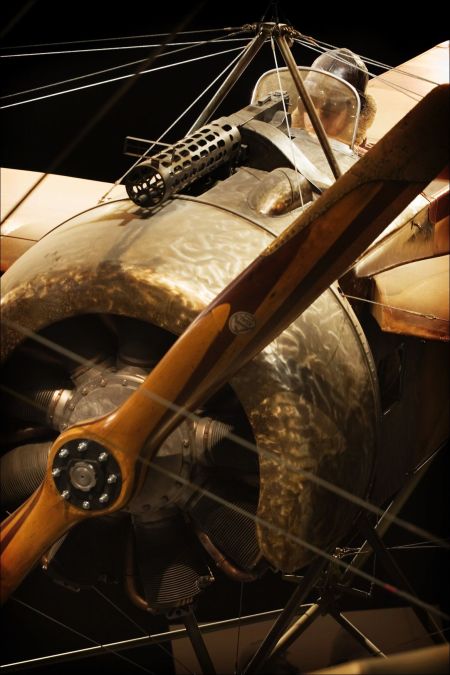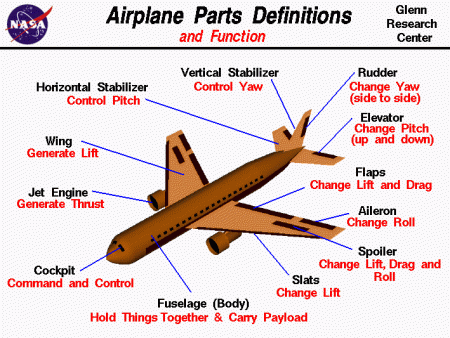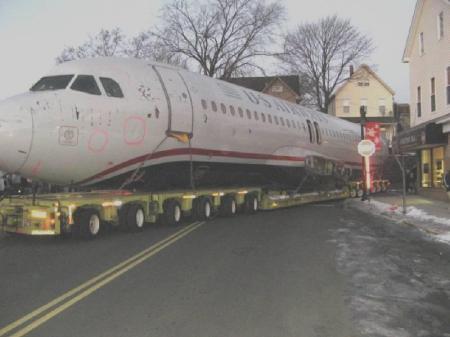From Wikipedia:
Aircraft hydraulic systems
The use of hydraulic systems in aircraft almost certainly began with braking systems.[citation needed] As aircraft performance increased in mid-20th century, the amount of force required to operate mechanical flight controls became excessive, and hydraulic systems were introduced to reduce pilot effort. The hydraulic actuators are controlled by valves; these in turn are operated directly by input from the aircrew (hydro-mechanical) or by computers obeying control laws (fly by wire). See flight controls.
Hydraulic power is used for other purposes. It can be stored in accumulators to start an auxiliary power unit (APU) for self-starting the aircraft’s main engines. Many aircraft equipped with the M61 family of cannon use hydraulic power to drive the gun system, permitting reliable high rates of fire.
The hydraulic power itself comes from pumps driven by the engines directly, or by electrically driven pumps. In modern commercial aircraft these are electrically driven pumps; should all the engines fail in flight the pilot will deploy a propeller-driven electric generator which is concealed under the fuselage.[3] This provides electrical power for the hydraulic pumps and control sysytems as power is no longer available from the engines. In that system and others electric pumps can provide both redundancy and the means of operating hydraulic systems without the engines operating, which can be very useful during maintenance.
[edit] Specifications
Aircraft hydraulic fluids fall under various specifications:
Common petroleum-based:
- Mil-H-5606: Mineral base, flammable, fairly low flashpoint, usable from −65 °F (−54 °C) to 275 °F (135 °C), red color
- Mil-H-83282: Synthetic hydrocarbon base, higher flashpoint, self-extinguishing, backward compatible to -5606, red color
- Mil-H-87257: A development of -83282 fluid to improve its low temperature viscosity.
Phosphate-ester based:
- BMS 3-11: Skydrol 500B-4, Skydrol LD-4, Skydrol 5 and Exxon HyJetIV-A plus – Typically light purple, not compatible with petroleum-based fluids, will not support combustion.
What this means
There are two types to worry about.
- Skydrol which is synthetic and use plastic seals.
- OM15/H515/H5606, these are mineral based and use rubber seals.
Do not mix them up!!!!!!!!!!!!!!!!!!!!!!!!!!!!!!!!!!!!



